Last updated on February 3rd, 2022
Nepal, officially the Federal Democratic Republic of Nepal, is a landlocked country in South Asia. It has an area of 147,181 square km. Kathmandu is its capital city. Nepal’s official language is Nepali and its official currency is Nepalese Rupee (NPR). It has two bordering countries that are India and China. Nepal is a country of breathtaking beauty and diversity of cultures like no other place on earth. Truly “the roof of the world”, here are 71 interesting facts about Nepal covering its history, culture, people, economy, the Himalayas, earthquakes, poverty, Kathmandu, flora and fauna and more.
Facts about Nepal’s History
1. Nepal’s ancient history began in the Kathmandu Valley and over the centuries its boundaries grew to include tracts of what today are neighboring countries such as India and China. It prospered as a crossroad resting place for two trade routes. As such, it became a cultural mixing pot.
2. The Sakya royal family’s Prince Siddhartha Gautama was born in the 6th century BC near Lumbini, today considered a sacred sight. He grew to embark on a path of contemplative thought and meditation that led him to enlightenment as the Buddha.
3. The Hindu Kiratis, a Mongoloid people, are recorded by history as the first known rulers of the Kathmandu Valley in the 7th or 8th century BC. People from northern India overthrew the Kiratis in AD 300 and the country became predominantly Hindu. They ushered in an age of more prosperous trade and cultural brilliance.
4. Nepal experienced a ‘dark age’ of which little is known from the late 600s until 1200. Both Tibet and Kashmir invaded the country in the 700s but its strategic location ensured the kingdom’s survival and growth. The credit for founding Kantipur (what is today’s Kathmandu) goes to King Gunakamadeva in approximately the 10th century.
Flag of Nepal
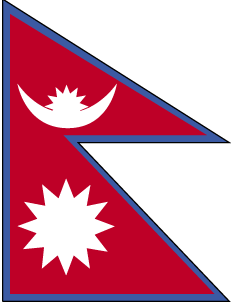
5. During the 9th century a new lunar calendar, the Bikram Sambhat, was introduced that is still used today. It is approximately 67 years, eight and a half months ahead of the Gregorian calendar Americans use. On it Nepal’s New Year is in mid-April.
6. The age of the Malla kings was a golden one architecturally. The 15th century architect Arniko traveled to Lhasa and Beijing with the design for the pagoda, and forever changed the look of Asia’s religious temples. A 1255 earthquake killed a third of Nepal’s population during the reign of the Mallas as well.
7. Through all its history of border expansion and contraction, Nepal has never been colonized and ruled by foreigners. Therefore, Nepal celebrates no Independence Day.
8. Nepal’s renowned Gurkha soldiers always successfully protected their country. Their motto is, “Better to die than be a coward.” The British wereso impressed with their fighting ability during the Indian wars; they have been an integral salaried part of the British Army since 1815.
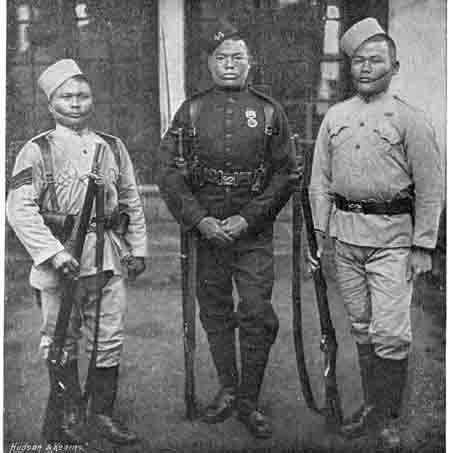
9. Nepal’s ignominious defeat by the Chinese during an expansion attempt ended with the 1816 Sugauli Treaty, which established Nepal’s current boundaries. In humiliation Nepal cut itself off from all foreign contact for more than one hundred years. They reopened their borders in 1951.
Facts about Geography, the Himalayas, Flora, and Fauna
10. After struggling from a constitutional monarchy with a multiparty democracy to Maoist extremists to Royal assassinations to the present day, Nepal presently is led by an elected president and parliament.
11. The approximately 70 million-year-old Himalaya mountain range in Asia separates the Tibetan Plateau from the Indian subcontinent and is spread across five countries: Nepal, Bhutan, India, China, and Pakistan. It is the youngest mountain range in the world. The word “Himalaya” means “abode of snow” in Sanskrit. They are the home of the god Shiva, according to Hindu mythology.
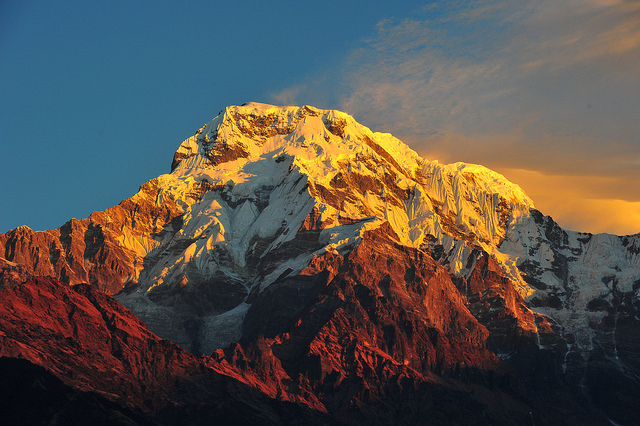
12. The three major river systems of the Asian continent (the Ganga- Brahmaputra, the Yangtze, and the Indus) all have the Himalayas as their beginning source. That’s because the Himalayas are the world’s third largest depository of snow and ice (after the two polar regions), with around 15,000 glaciers containing about 3,000 cubic miles of water.
13. The most mountainous part of Nepal in the north contains eight of the earth’s ten tallest mountains, including its most famous, Mount Everest. Mount Everest stands above all others at 8,848 meters (5.5 miles) above sea level. It is called Sagarmatha (“Forehead of the Sky”) by the Sherpas.
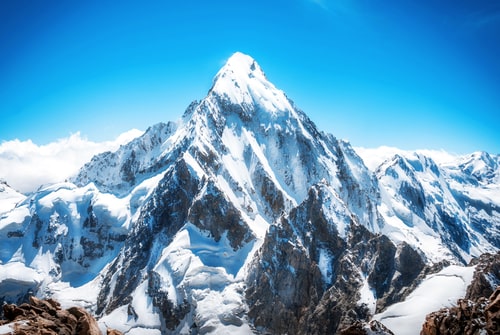
14. Many explorers and climbers were killed during their attempts to climb to the top of the peak before someone was successful. On May 29, 1953, British explorer Sir Edmund Hillary and his Sherpa guide Tenzing Norgay were the first to ever reach the summit of Mount Everest and thus permanently entered the history books.
15. Twenty five years later, Reinhold Messner of Italy and Peter Habeler of Austria became the first to reach the summit without using supplemental oxygen, quite a feat in that thin atmosphere. Messner climbed Everest again in 1980.
16. The Himalayas are home to the highest lake on earth (Tilicho at 4,800 meters/3 miles) and the deepest lake on earth (Shey Phoksundo). They are also home to eight of the top ten tallest mountains on earth in addition to Mount Everest. The zone around it is the Sagarmantha National Park, established in 1976 as a protected area.
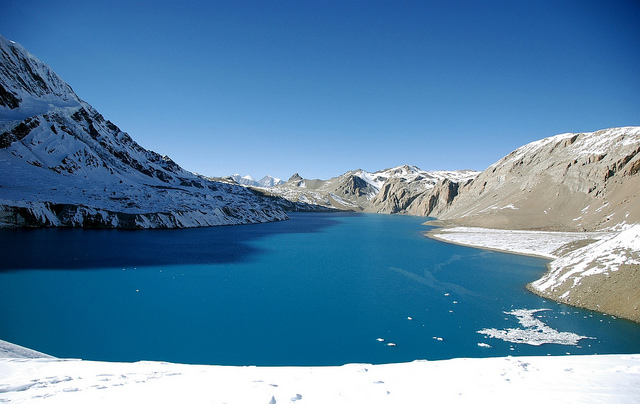
17. The Himalayan peak furthest east is Nameha Barwa and the one furthest west is Nanga Parbat.
18. Nepal is geologically alive. The Indo Australian plate under Nepal is still moving and will travel 1,500 kilometers (932 miles) into Asia in the next 10 million years.
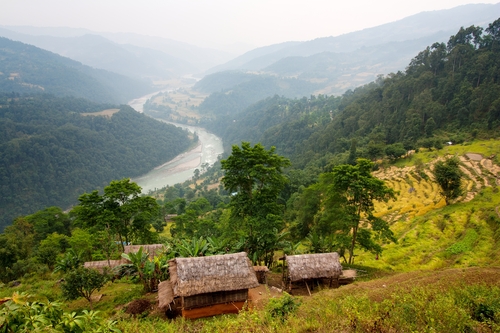
19. Nepal’s variation in altitudes is extreme. It boasts the highest valley in the world (Arun) as well as the deepest gorge (Kaligandaki), with altitudes ranging from a scant 59 meters to Everest’s world topping 8,848 meters. Chitwan is the world’s tallest grassland.
20. With the variation in altitudes comes a variation in climates. Traveling from the south to the north, in a span of only 100 kilometers you will go from a hot tropical conditions to bone chilling arctic-level cold. The good news is that Nepal is definitely a four seasons destination.
21. Nepal’s Kaligandaki River is older than the Himalayas and is the major ecological dividing line between the western and eastern Himalayas.
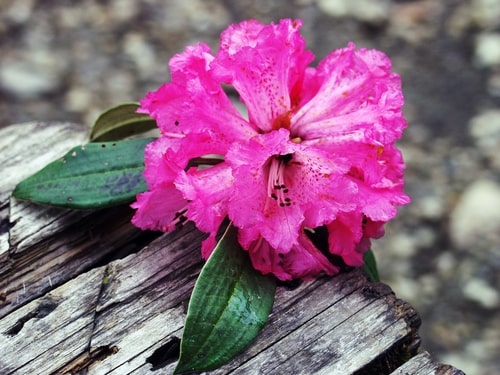
22. In Nepal grow 5,980 flowering plant species including two percent of the world’s orchids (more than 360 species), six percent of the world’s rhododendron species (and it’s Nepal’s national flower), and 250 species endemic to Nepal (and not found growing anywhere else on earth).This is one of the reasons Nepal is known as the Amazon of Asia.
23. With almost 870 different species of birds, Nepal has more than the continents of North Africa and Europe combined. They are home to eight percent of the bird species of the world.
24. Nepal is also home to over 650 different species of butterflies as well as the world’s largest moth (the Atlas moth) and some of its largest wild honeybees.
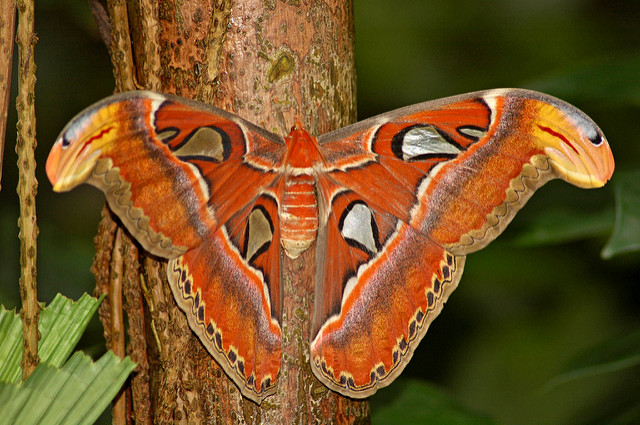
25. Nepal’s endangered species include the beautiful snow leopard, the red panda, and the one horned rhino.
Facts about Nepal’s Culture
26. Nepal has never experienced any ethnic or religious clashes and riots. No blood has ever been spilled in the name of religion in the country. Instead, they are home to over 80 ethnic groups and their people speak 123 different languages.
27. The people of Nepal greet each other with their palms placed together. They bow their foreheads and say “Namaste” as is done in neighboring India. This literally means, “I salute the God in you.”
28. Nepal worships the only living goddesses in the world. Called Kumaris (which literally translated means virgins); these pre-pubescent girls are selected as children and considered to be earthly manifestations of divine female energy. They are incarnations of the goddess Taleju and live in temples, are worshipped by Buddhists and Hindus alike and driven in chariots during festivals. They retire upon achieving puberty.
29. The last Hindu country in the world, Nepal was declared secular by its parliament in 2006. It still has the world’s highest proportion of Hindus today among its people. Cows are considered sacred and it is illegal to kill one in Nepal; it is their national animal as well.
30. Nepal has four properties inscribed on the World Heritage List. Two are cultural: Kathmandu Valley (1979) and Lumbini, the Birthplace of the Lord Buddha (1997); and two are natural: Chitwan National Park (1984) and Sagarmatha National Park (1979).
31. Nepal’s national flag is the only one in the world that isn’t a rectangle or a square. It has two triangles; the top with a moon and the bottom with a sun. The triangles represent not only the Himalayas but Nepal’s two major religions-Hinduism and Buddhism. Though the current design was made in 1962, the basic design has been used for over 2,000 years in the country.
32. A popular and quickly made food dish is the Momo. They are flour and water dumplings filled with a variety of ingredients: meat, chicken, and/or vegetables (either fried or steamed) that are delicious and served with a dipping sauce.
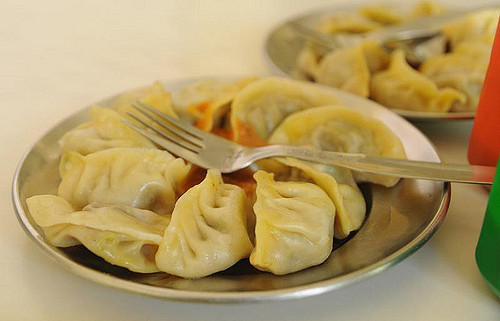
33. The national dish is Dal-bhat-tarkari, which means dal (lentils), bhat (rice), and a tarkari (vegetable). Many Nepali families eat it daily. A typical meal could be a green salad (cucumber and carrot), rice, mustard greens, potatoes, chicken gravy, ghee, black lentils and mutton curry.
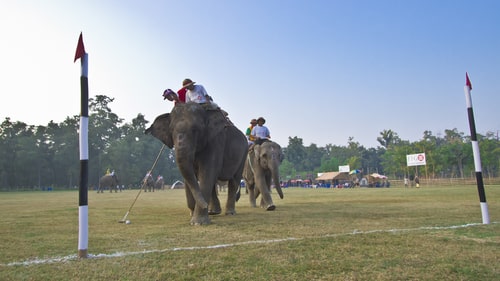
34. The Elephant polo game was originated in Meghauli, Nepal. Nepal’s Tiger Tops is elephant polo’s headquarters and the site of the World Elephant Polo Championships.
35. Touching anything with your feet is considered offensive in Nepal. Never step over a person or any of another person’s body parts. The left hand must not be used for eating in Nepal. The Nepali also consider the head to be sacred, so don’t touch anyone else’s.
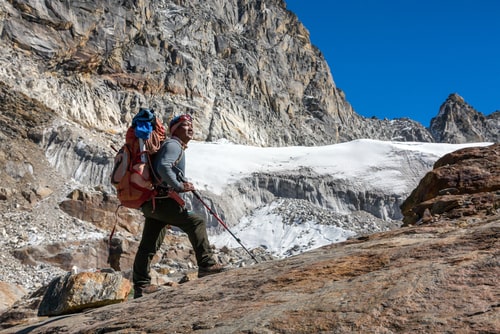
36. Mostly from the mountainous eastern part of Nepal, the Sherpas are an ethnic group frequently employed as porters for mountain expeditions as, due to their upbringing and genetics, they don’t suffer the effects of altitude. Today it has become common to call all porters Sherpas.
Nepali People and Economy
37. Mount Everest has become a major source of revenue from foreign sources for the Nepalese Government, through special permits for climbers to the business the base camps bring in.
38. Half the population of Nepal survives on around one dollar per person per day, as Nepal is one of the poorest countries in the world.
39. Lumbini International Airport was developed to promote tourism in the area of Buddha’s birthplace. Many Buddhist monks from China, Tibet and Japan travel here annually. Similarly, Pashupati Temple is visited by many Indian neighbors and is a great prospect for its economic and religious value. The temple complex itself is a grand and splendid vision for visitors, with its ponds, various temples and wandering monkeys.
Continue reading on the next page…
